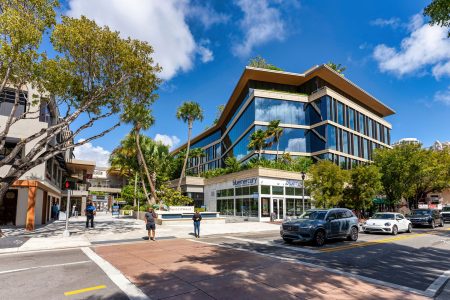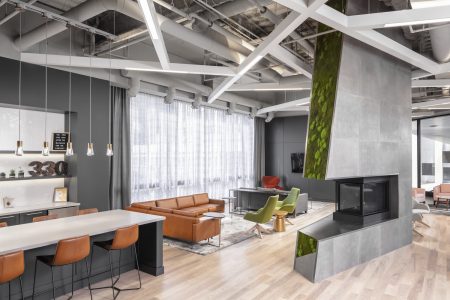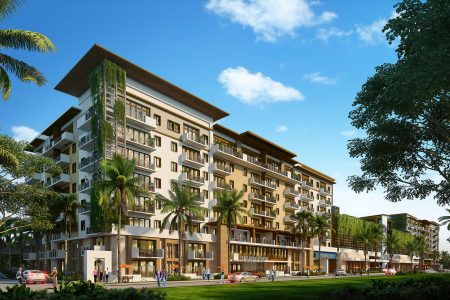How Transit-Oriented Development Creates Resilient Communities
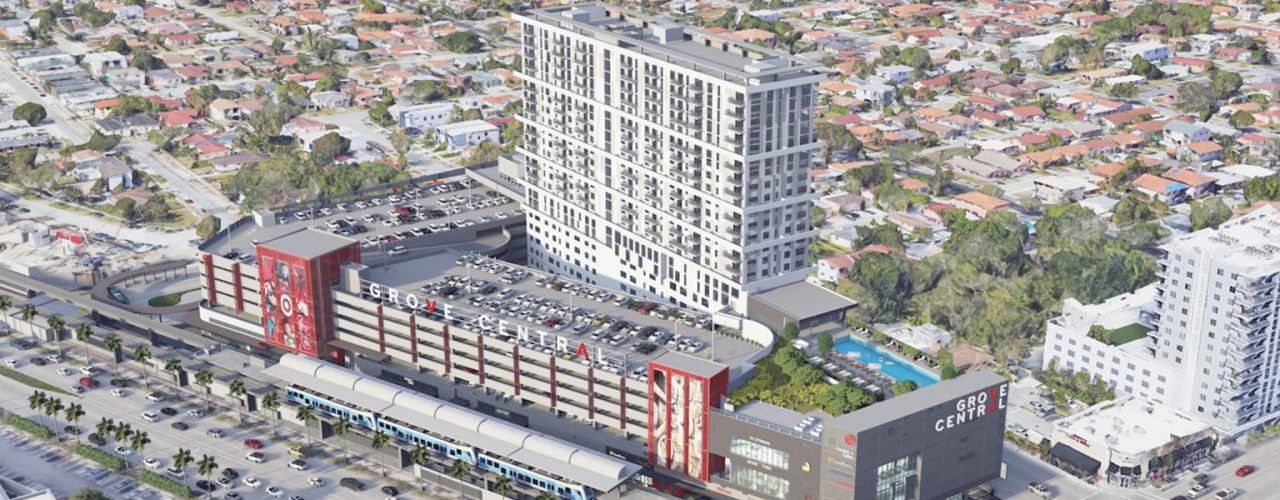
RSP’s Shaz Mirshahidi says that TODs have the potential to transform Miami for the better.
Depending on the city, public transportation may be a simple convenience or an absolute daily necessity. Wherever you fall on that spectrum, the greater Miami-Dade region is making it a priority, and it’s proving to be a solid catalyst for commercial development and economic growth. This type of mixed-use development that blossoms around a mass transit node, also known as Transit-Oriented Development or TOD, is on the rise in South Florida, especially in communities looking for resilient, walkable environments.
BUT, FIRST, SOME CONTEXT
As it has in most bustling urban areas, traffic congestion has emerged as one of the great drawbacks to living in Miami. Even though the city offers a limitless pool of cultural and civic amenities, traffic is one of the issues Miami residents complain about most. In a recent poll, Miami’s residents ranked just second behind Los Angeles in the number of Instagram complaints about traffic. But, over the last decade, Miami-Dade and Broward Counties have made a concerted and noble effort to address traffic and lack of parking, introducing new modes of movement and adopting a growth strategy that combats sprawl and encourages sustainable development.
The Miami-Dade SMART Plan, adopted by the Miami-Dade Transportation Planning Organization in 2016 represents a program of projects consisting of six rapid transit corridors and a Bus Express Rapid Transit (BERT) network. It’s no secret that the plan has hit its share of snags and snafus, and infrastructure projects are not something that happen overnight, but generally things are headed in the right direction, and the region is starting to harvest the benefits.
Transit Oriented Developments AND THE 15-MIN CITY
There are plenty of reasons for encouraging the use of public transportation over personal vehicles, the most significant of which is economic growth. According to the American Public Transportation Association, “every $1 invested in public transportation generates $4 in economic returns.” The APTA goes further: taking public transportation is cheaper in the long run than buying a vehicle and paying for its upkeep and fuel costs. Public transportation also carries drastically lower odds of an accident than driving a personal vehicle and helps to cut down pollution from emissions. All good.
Of course, COVID-19 disrupted much of this thinking, but it’s far from defeated. Ridership was decimated in many urban areas during the pandemic. As economies begin to re-start, well-targeted spending on low-carbon, resilient infrastructure will lay the groundwork for future economic growth, and this fits perfectly with Miami’s current trajectory. Studies have shown that spending on resilient infrastructure (resilient to climate change as well as pandemics and other crises) provides not only a net benefit in financial terms but creates valuable jobs and supports an improved and more secure quality of life.
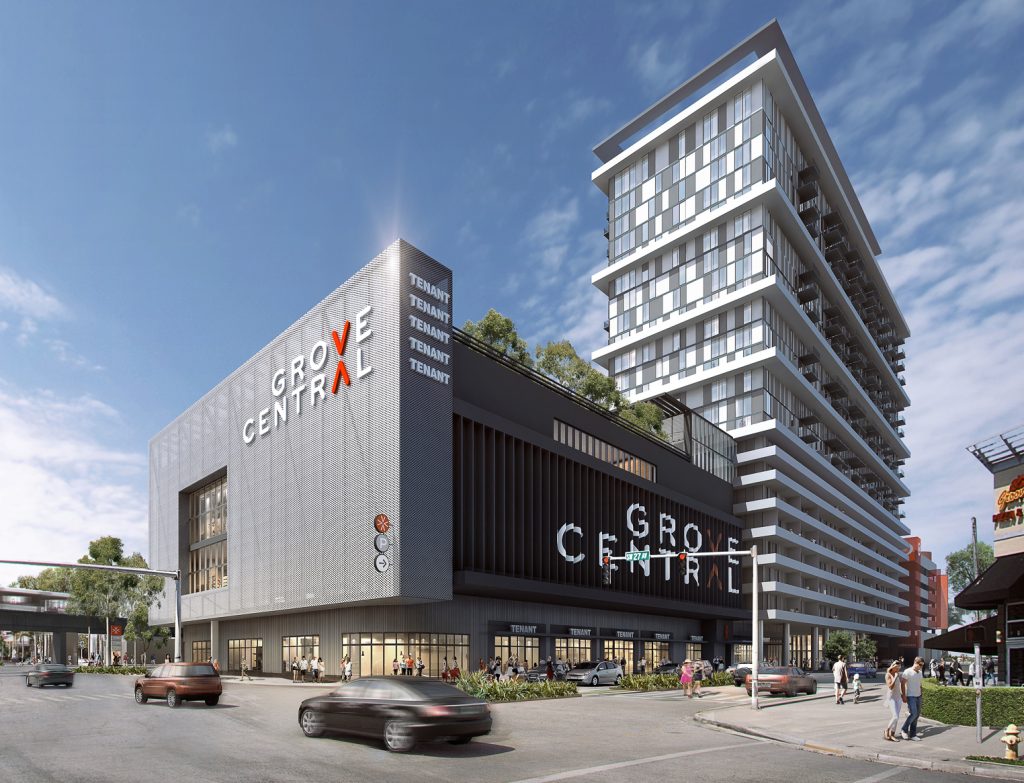
Investment in public transit goes hand in hand with transit-oriented development. It’s also a core element that underpins the idea of the “15-minute city.” The 15-minute city is a place of walkable, “complete” and connected neighborhoods, where everyone is able to meet most of their needs within a short walk or bike ride from home. While the idea is not a new one, it has certainly gained renewed momentum in the last few years. It’s been slow to reveal itself in South Florida, the land of single-use shopping centers, surface parking and cars, but we’re heading in the right direction.
AND THAT’S WHERE DESIGNERS COME IN
Here in Miami, our team at RSP has started working on a series of developments throughout South Florida that are focused on re-purposing existing buildings and baking in new, additional project components as a way of creating dense, layered multi-use districts. These kinds of projects will make a 15-minute city possible, and feed into a growing appetite for a dense, urban-style quality of life. The malls that dominated the development scene in the 1980’s and 1990’s are gradually being “de-malled” and transforming into more walkable, civic-focused neighborhoods. We’re adding open-air plazas and streetscapes, stacking multi-family and fostering a more community- or civic-focused platform.
Sure, many of these remain largely car-dependent for now, but that’s why TOD’s are so exciting. And have so much potential to move the needle as far as sustainable development goes.
Of course, all of that makes TOD’s far more complex than the traditional suburban model, providing a mix of housing, employment, retail and recreation within walking distance of each other with a train or metro station located at the center of it all. Often these are singular developments, typically covering a single city block, but they can be adjacent or proximate to other developments. The key element, of course, is the transit, which adds complexity (both commercial and technical) but also tremendous potential; it reduces parking requirements, fosters walkability and extends a project’s active hours.
GROVE CENTRAL REWRITES THE RULES
Grove Central is one TOD that has recently broken ground at the entrance to Miami’s Coconut Grove neighborhood.
Grove Central was designed to create a transit-oriented hub offering a seamless pedestrian experience that encourages Metrorail ridership and urban living. The project, designed by Touzet Studio (RSP is the architect of record) is part of a Miami-Dade County initiative aimed at improving connectivity between residential, commercial development and mass transit through private development on County-owned land. Improvements to the Coconut Grove metro station and a relocated but improved bus terminal, each directly accessible to the project, are part of the deal.
As with any TOD, connections are key. Each development component comes with its own operational and leasing requirements. The residential, for example, must have its own address, drop-off and lobby, separated and distinct from the retail but close enough that it’s seen as an amenity. Similarly, the acoustic attenuation and vibration control (think of those trains rumbling through the station) can make or break a project of this complexity.
The project developers are building Grove Central in line with Miami’s sustainability, efficiency and green building requirements; and there is no shortage of resilient initiatives. The project is currently tracking to be certified by the National Green Building Standard for Multi-family and Mixed-use.
Grove Central may not be Miami’s first TOD, but it does push the boundaries of what this development type can bring to a community. It transcends the simple definition of sustainability—systems, materials—and addresses the larger, civic issue of resiliency, walkable neighborhoods and community enrichment.

